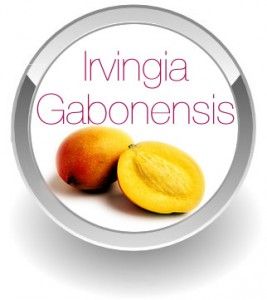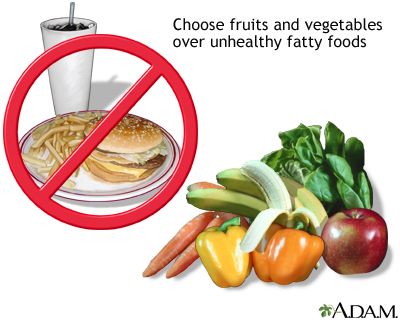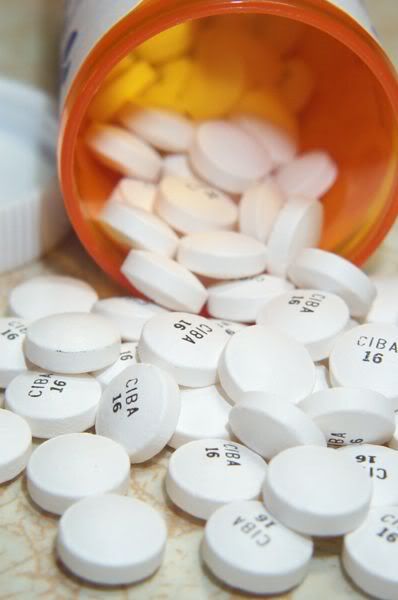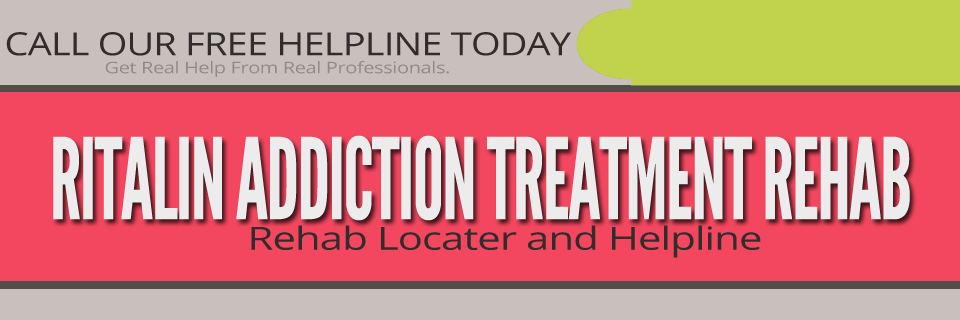For the first time, an embryonic stem cell study was documented in a scientific study. The study involved two women with untreatable eye diseases who were injected with embryonic stem cells. Both women claimed to have noticed dramatic improvements in their vision after the injection. Steven Schwartz, chief of UCLA’s Jules Stein Eye Institute’s retina division, said, “it’s nowhere near a treatment for vision loss, but it's a signal that embryonic stem-cell based strategies may work." Schwartz said he is “thrilled and excited” by the results of this study, but admits the results are preliminary, the sample size is small, it is difficult to measure vision improvements for low-vision patients. The study, published in, The Lancet, states the stem cells were derived from an embryo and injected into the retinal tissue. The patients originally had to take anti-rejection drugs so the eyes would not reject the foreign tissue.
 |
| This picture has nothing to do with the text above |
Prior to her July surgery, Sue Freeman, age 78, could not walk, shop, or cook alone due to macular degeneration, a disease that affects millions of Americans and with no treatment currently available. After the injection of embryos in one of her eyes, Sue can shop, cook, walk, and even read all on her own.
 |
| The books she read were slightly less computer generated |
The second patient, a 51-year-old woman who wished to remain anonymous, claimed she first noticed a change a few weeks after the surgery. She looked at an armoire across the bedroom and noticed, "It has a lot of detailed carvings and I thought wow, I was missing those before”. This anonymous patient could not read the extra-large letters on the eye chart designed for people with vision problems prior to her surgery. Her vision was so bad prior to the surgery the patient was unable to see how fingers an examiner held up in front of her face. After the surgery, she can now identify the number of fingers being held up in front of her face and read five of the letters on the eye examine chart. In the Lancet’s commentary section, Dr. Anthony Atala, director of the Institute for Regenerative, cautioned that the report was preliminary, with a small sample size, and a short term follow up, but stated, “the results are impressive, especially considering the progressive nature of both diseases.”
 |
| In her defense, Stacy had a different hairstyle |
The stem cells came from an embryo created in a fertility clinic by a couple who chose not to use it to create a pregnancy. Dr. Robert Lanza, chief scientific officer at Advanced Cell, said that the embryo was destroyed after deriving the stem cells but in the future doctors will have the ability to extract the embryo without destroying the stem cell.
While this is the first scientific study published about an embryonic stem cell trial, Geron was the first company to receive FDA approval for human trials using embryonic stem cells in 2009. In 2011, they abandoned its research for financial reasons.
There are many people who consider an embryo to be human life and object to embryonic stem cell research. In the future, perhaps induced pluripotent stem cells may be the answer. These can be made without destroying the embryo and are extracted from the skin of the patient making anti-rejection drugs unnecessary.















